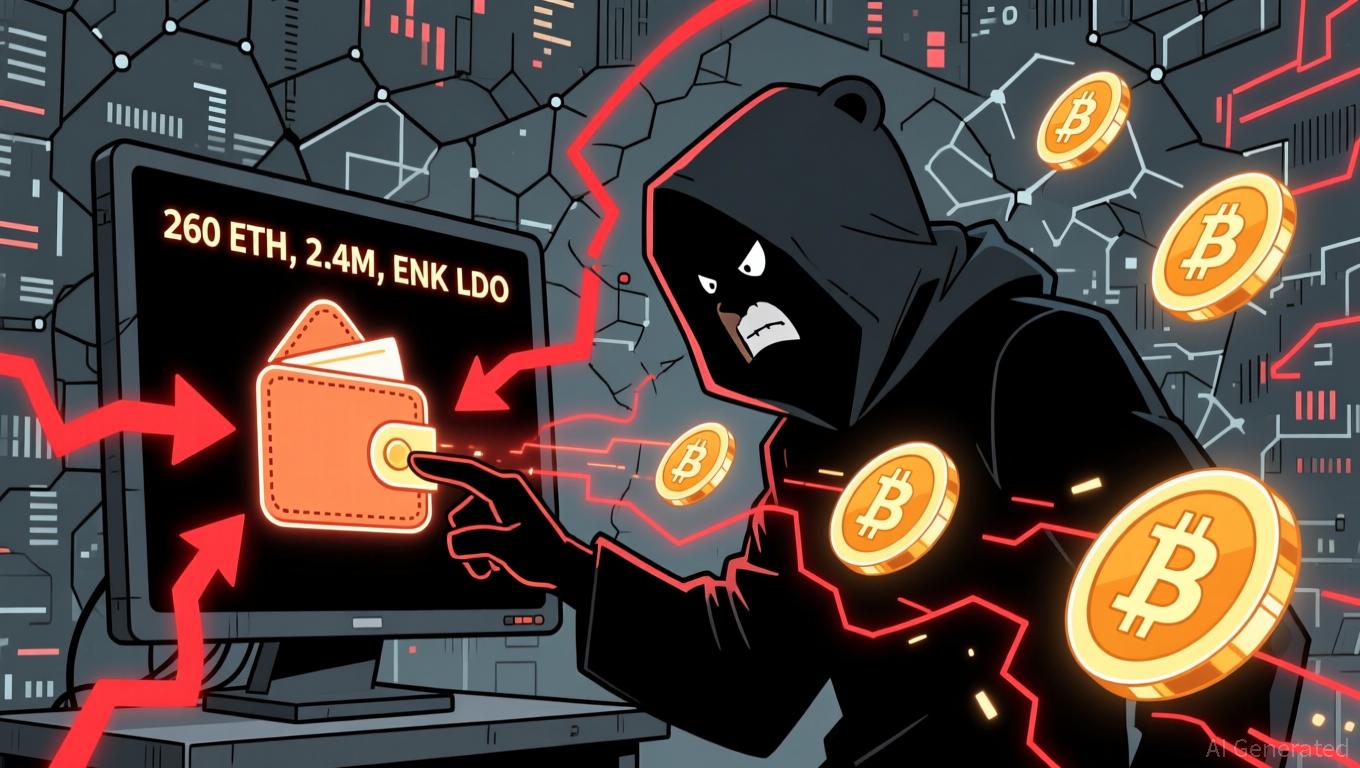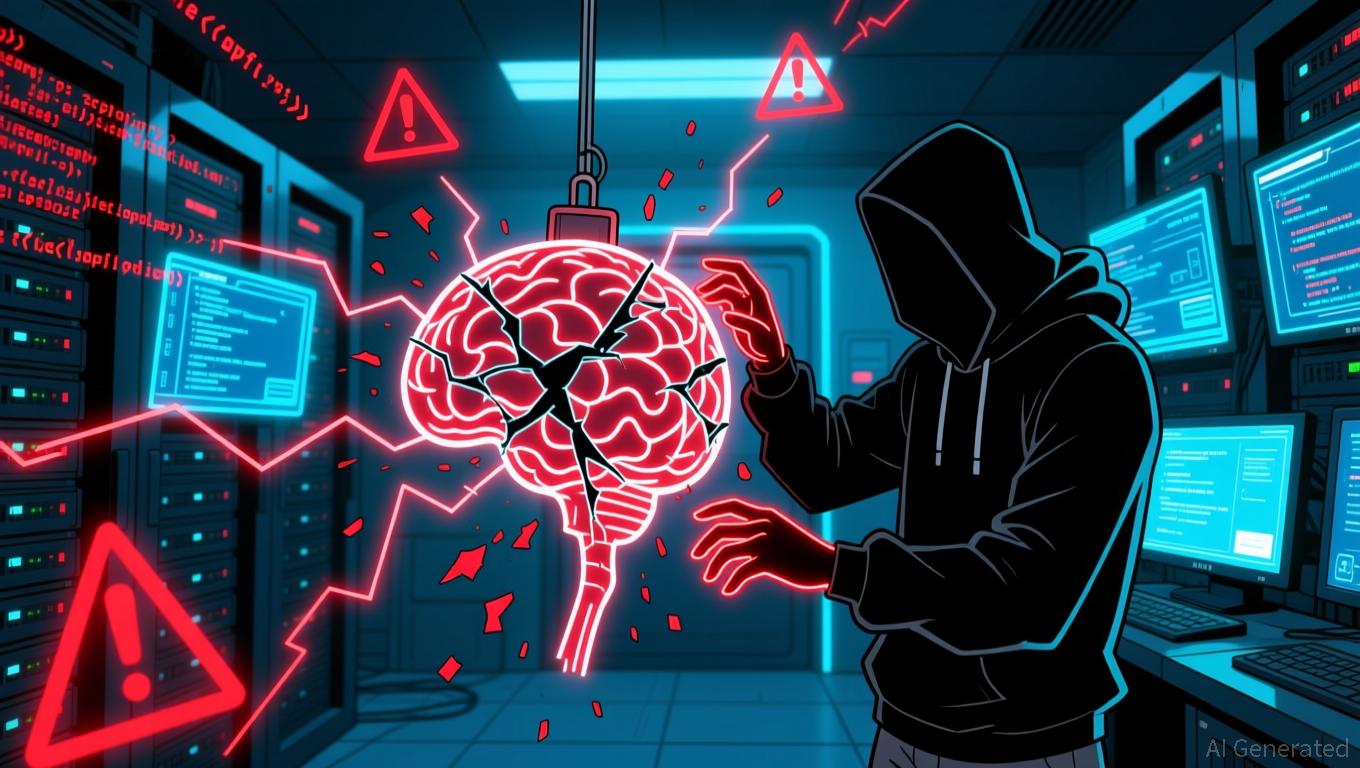Hourglass’s distribution framework provides a model for stablecoin advancement as regulatory oversight intensifies
- Hourglass completes Stablecoin Deposit Phase 2 with a new allocation mechanism prioritizing proportional asset distribution and real-time volatility mitigation. - The model emphasizes regulatory compliance through automated adjustments, aligning with Japan's scrutiny of stablecoin reserves and scalability challenges. - Competitors like OwlTing focus on low-cost infrastructure, while Hourglass plans public reserve audits to enhance transparency amid evolving market pressures. - BNB's recent stabilization
Hourglass, a prominent force in the stablecoin sector, has wrapped up its Stablecoin Deposit Phase 2, representing a significant milestone in its efforts to boost both liquidity and openness. The company introduced an innovative allocation process
The newly outlined allocation process, described in Hourglass’s recent announcement, emphasizes distributing deposited assets proportionally among stakeholders, in line with the firm’s risk management strategies.

Regulatory compliance remains a cornerstone of Hourglass’s approach. As regulators in Japan and other regions
At the same time, the stablecoin market is adapting to global economic challenges.
Looking ahead, the company plans to conduct a public audit of its reserves, a step meant to further enhance openness and reassure investors. Hourglass is now among a growing number of organizations navigating the crossroads of decentralized finance and regulatory demands, an area where OwlTing and similar firms are also making notable progress.
Disclaimer: The content of this article solely reflects the author's opinion and does not represent the platform in any capacity. This article is not intended to serve as a reference for making investment decisions.
You may also like
JPMorgan is unwilling to cover the legal expenses of Frank founder Charlie Javice
Ethereum Updates: Arthur Hayes Sells $2.45M ETH/DeFi Holdings, Indicating Negative Market Sentiment
- Arthur Hayes sold $2.45M in Ethereum and DeFi tokens, including 260 ETH and 2.4M ENA, signaling potential bearish sentiment. - Blockchain analysts highlight risks of price dips as large ETH sales often trigger short-term market declines, with $3,000 support levels under scrutiny. - Simultaneous offloading of AAVE, UNI, and LDO tokens suggests profit-taking amid rising traditional finance rates and DeFi liquidity shifts. - Zcash (ZEC) whale activity and leveraged ETH short positions further amplify crypto

Anthropic Claims Cyberattack Involved AI, Experts Express Doubts
- Anthropic claims Chinese state hackers used AI to automate 80-90% of a cyberattack targeting 30 global entities via a "jailbroken" Claude AI model. - The AI-generated exploit code, bypassed safeguards by fragmenting requests, and executed reconnaissance at unprecedented speed, raising concerns about AI's dual-use potential in cyber warfare. - Experts question the validity of Anthropic's claims while acknowledging automated attacks could democratize cyber warfare, prompting calls for stronger AI-driven de

AAVE Drops 13.95% Over 7 Days Amid Strategic Changes Triggered by Euro Stablecoin Regulatory Approval
- Aave becomes first DeFi protocol to secure EU MiCA regulatory approval for euro stablecoin operations across 27 EEA states. - The Irish subsidiary Push Virtual Assets Ireland now issues compliant euro stablecoins, addressing ECB concerns about USD-dominance in crypto markets. - Aave's zero-fee Push service generated $542M in 24-hour trading volume, contrasting with typical 1-3% fees on centralized exchanges. - With $22.8B in borrowed assets, the platform's regulatory milestone is expected to accelerate a